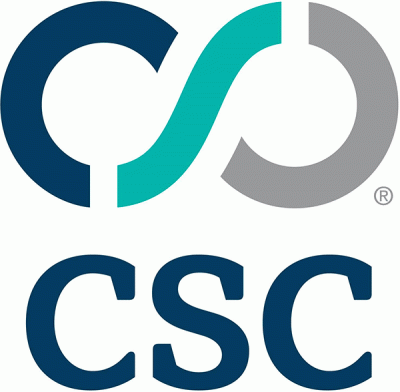


|
||
|
||
The journey towards widespread Cloud adoption has significantly impacted domain name system (DNS) management practices. Initially, businesses operated their own data centers, however the shift towards external hosting providers has introduced complexities and increased the potential for DNS record mismanagement, and therefore, subdomain vulnerability.
CSC analysis of DNS records revealed some alarming statistics—21% of subdomains do not resolve, and 63% display error codes like “404” or “502.” These unresolved subdomains pose significant security risks, especially through the sophisticated attack method of subdomain hijacking, which exploits overlooked DNS configurations.
Subdomain hijacking occurs when cybercriminals exploit abandoned or improperly configured DNS records (also called dangling DNS) to redirect traffic to malicious sites. This can lead to phishing attacks or malware distribution, both of which can cause significant reputation damage to the targeted brand. Understanding the root causes and implications of dangling DNS is crucial for mitigating risk effectively.
By prioritizing DNS hygiene, leveraging advanced monitoring tools, and enforcing robust security policies, organizations can mitigate the risks associated with dangling DNS and safeguard their digital assets effectively.
Here are CSC’s four steps to safeguard proactively against subdomain hijacking.
1. Ensure rigorous DNS hygiene: Regularly review and remove unnecessary or outdated DNS records. This proactive approach reduces the attack surface and minimizes the risk of subdomain exploitation.
2. Deploy monitoring and alerts: Use tools like CSC’s Subdomain Monitoring solution to receive real-time alerts on changes to DNS configurations. This enables swift identification and remediation of dangling DNS records before they can be exploited.
3. Enforce security policies: Establish clear policies for managing DNS records, including regular audits and deletion protocols for unused subdomains. This ensures accountability across teams and reduces the likelihood of an oversight.
4. Adopt advanced security measures: Consider implementing technologies like DNS security extensions (DNSSEC), domain-based messaging, authentication and conformance (DMARC), and registry locks for critical domains. These protocols add layers of authentication to DNS transactions, enhancing the overall security posture.
At CSC, we’re committed to empowering businesses with the tools and insights needed to protect against continuously evolving cyber threats. Explore our Subdomain Monitoring solution and take practical steps towards enhancing your organization’s security posture.
Sponsored byVerisign

Sponsored byWhoisXML API

Sponsored byDNIB.com

Sponsored byRadix

Sponsored byVerisign

Sponsored byCSC

Sponsored byIPv4.Global
